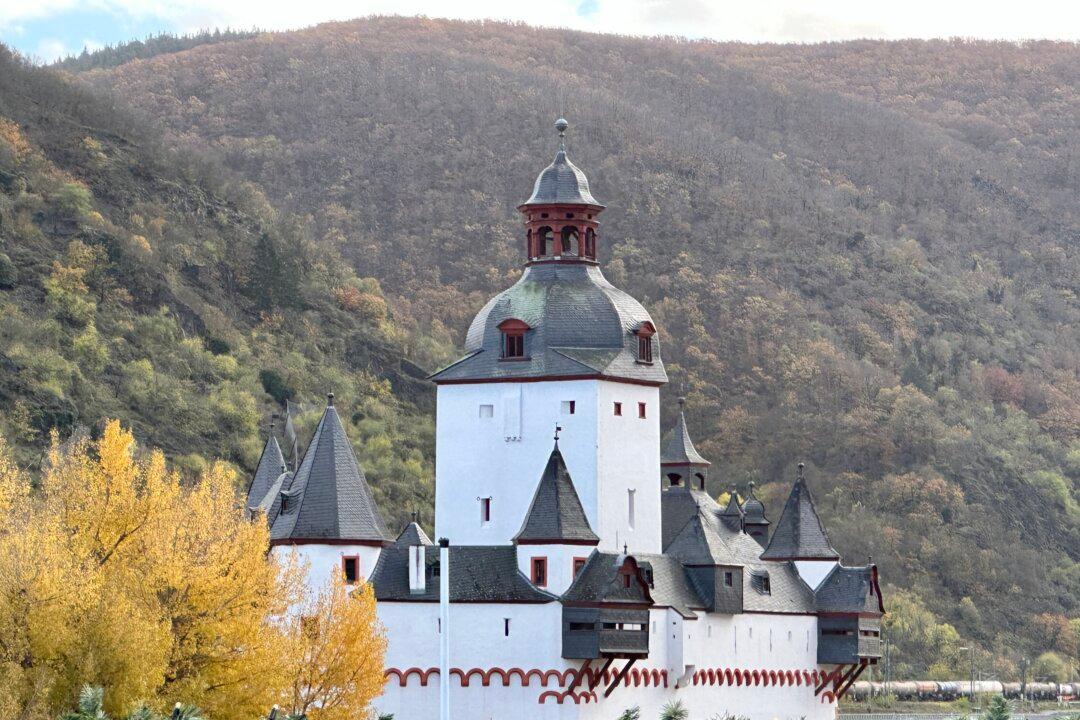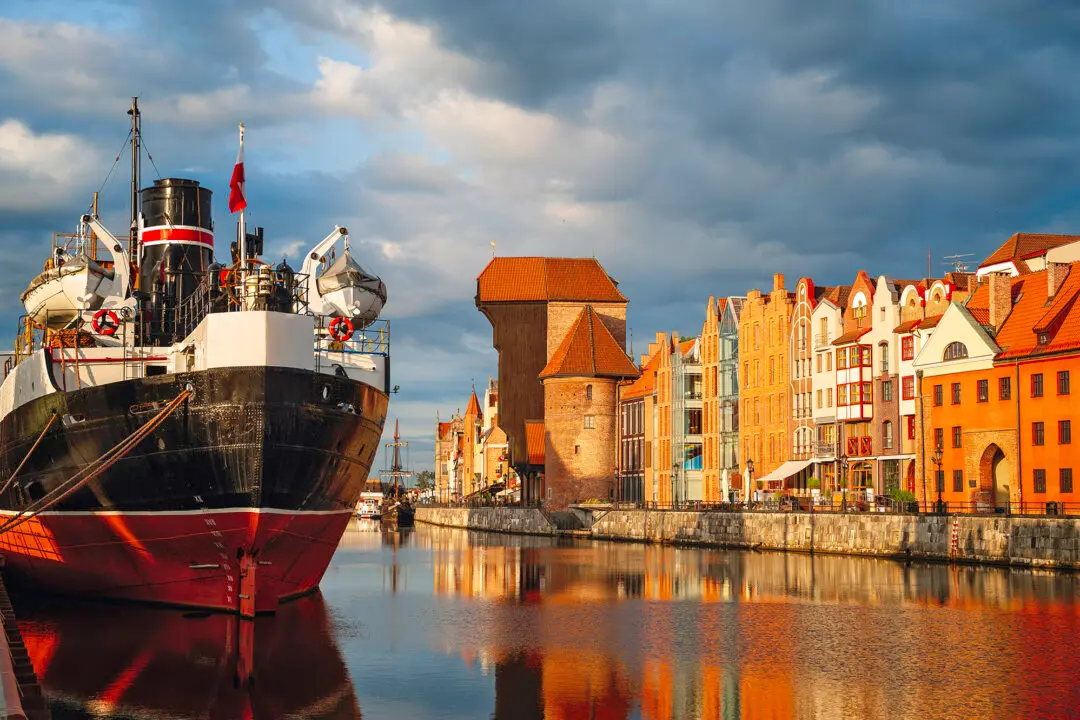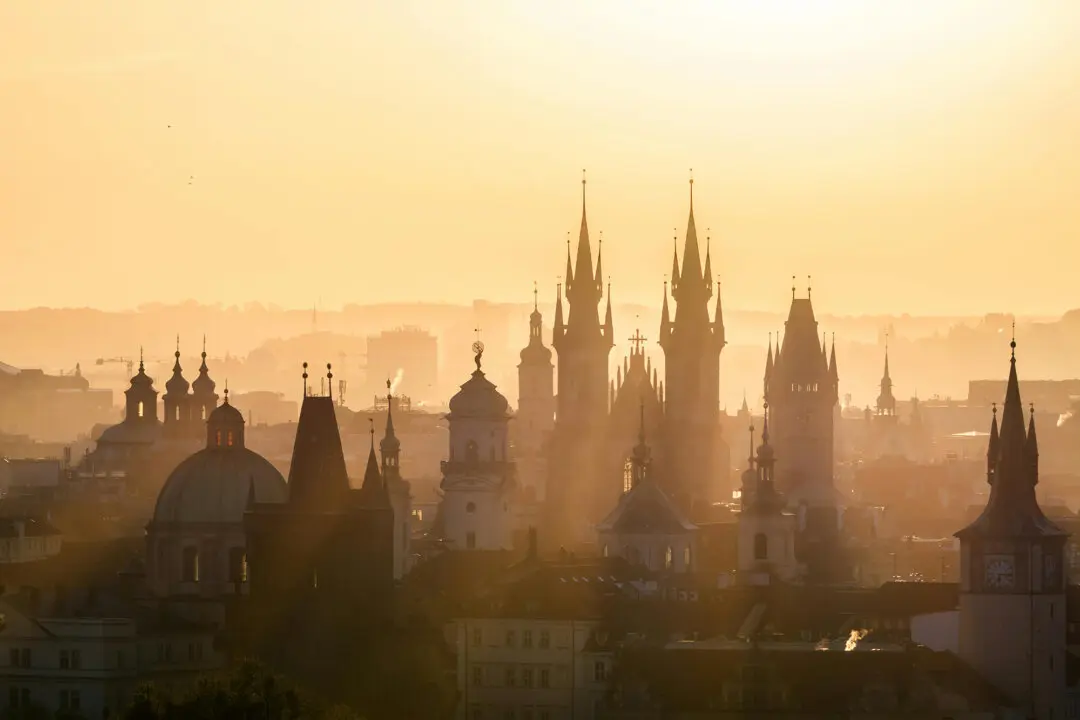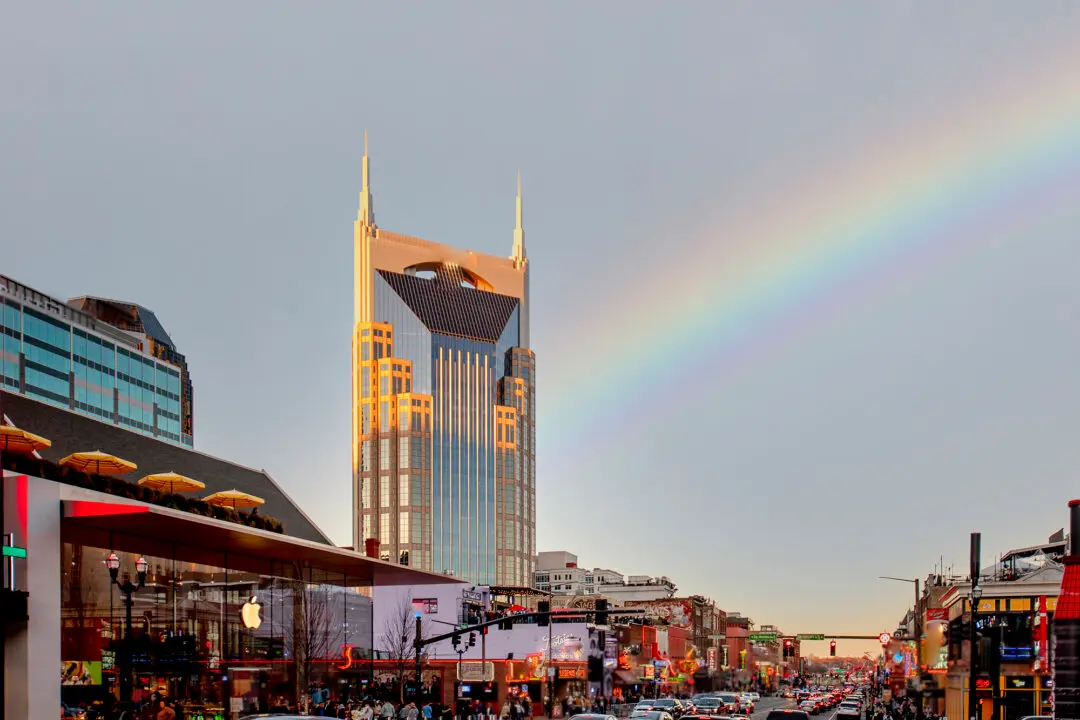I was still blinking away the sleep from my eyes, but everything around me told me that I was still dreaming. Rising a little late, many of my fellow guests had already gathered on the top deck, sitting around tables and reclining in loungers. Some had champagne in hand, despite the morning hour, and all had the same awe-struck expression that I’m certain I was wearing.
This wasn’t my first visit to these bends of the river. But every time, it wows. Each turn reveals something straight out of a storybook. A fantasy, no matter where I swiveled my head.





